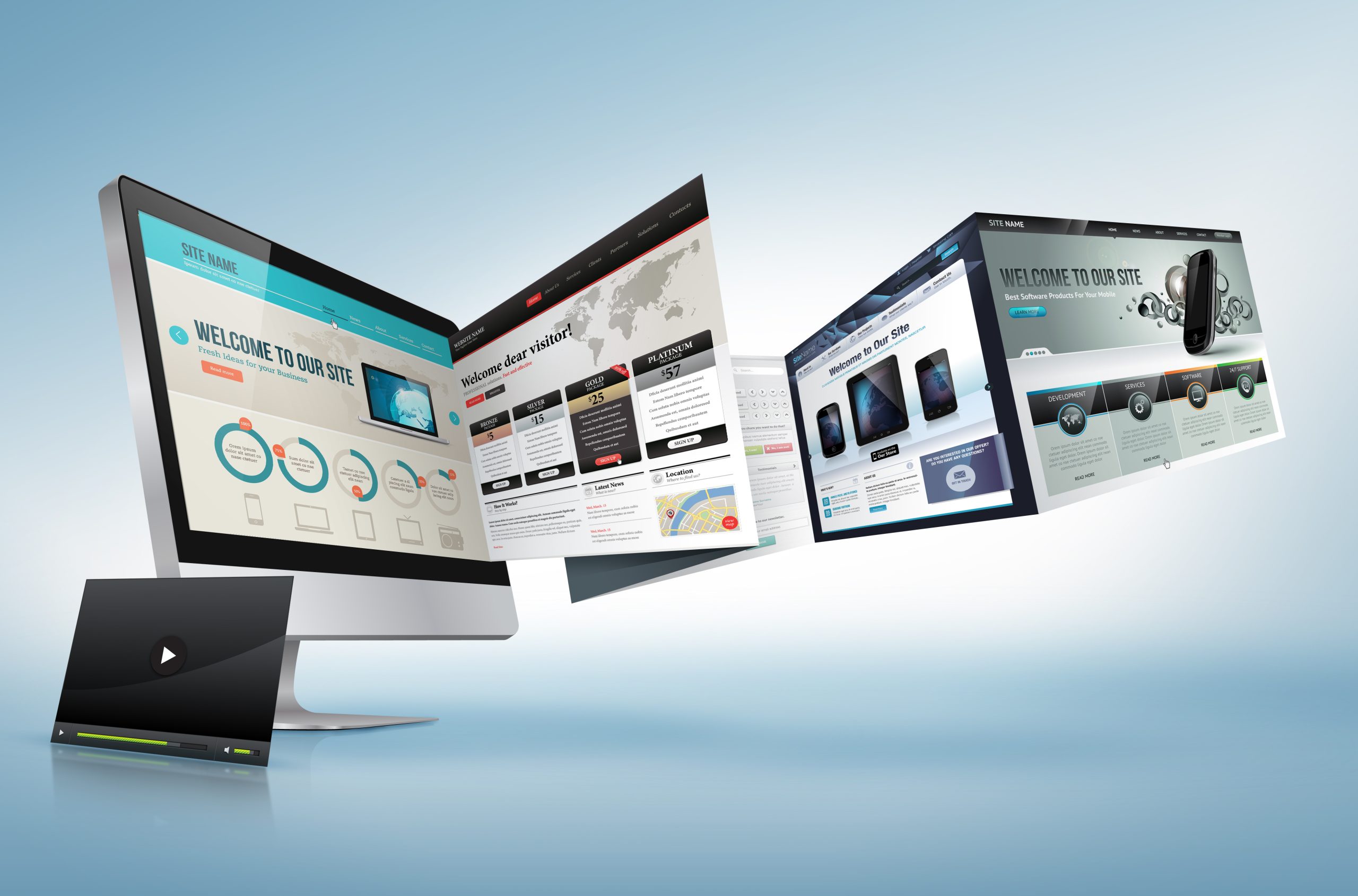Is “founded in 1982 by Chuck and his three sons” one of the first things visitors to your website learn? If so, Heather Margolis has news for you: “Nobody cares,” says the senior vice president of marketing at 360insights.
“I need to know in 30 seconds or less what you do,” Margolis says. “If I get to your website and have been reading for three minutes and still don’t know what you do, that’s a major pain point.”
It’s also a reason for busy buyers to click over to a more customer-focused competitor.
Marketing experts say many channel pros like “Chuck” are missing the mark with their websites.
“Companies feel their website is a lot better than it is,” says David English, president at TSL Marketing. TSL’s recent survey of MSPs, CSPs, VARs and others found just 7% rate their website as worse than their competitors. But English says they’re judging based on a cursory comparison of homepage aesthetics, and not paying enough attention to how websites perform as a business marketing tool.
A modern, well-designed, ecommerce- and mobile-friendly, SEO-optimized website, in contrast, can be one of the most powerful weapons in your marketing arsenal. Here are some tips to designing a website that will help drive business.
Style and Substance
A common mistake channel pros often make is focusing on what they want customers to know, rather than what customers want.
For starters, your website should quickly and clearly explain exactly what problems you can solve for them. It should also be easy to navigate with consistent design throughout, responsive on mobile and all desktop browsers, and accessible for people of all abilities (see “Make Your Website Accessible”).
Make sure your content is relevant, as that will be the top focus area for B2B marketers in 2022, according English. “Whoever you’re targeting, you want to be able to write really compelling and interesting content for them,” he says. That includes blogs, general offerings, and “meatier” pages that dig into specific solutions. Ebooks, webinars, and digital case studies are also extremely important to include on your website, says English.
The key is to provide value without over-selling. One way is to solicit content from happy customers. Cam Roberson, vice president of sales and marketing at technology vendor Beachhead Solutions, has found success for the company’s website by asking MSPs to write useful, educational articles about an experience partnering with Beachhead. The articles serve as both high-value content for customers’ peers and credibility-building referrals.
Margolis urges channel pros to remember tech buying decisions are now made by people in many different roles, such as marketing or operations. They are all looking for different information, so be sure to address the needs of people besides CIOs.
Lure ‘Em with Breadcrumbs
Once you’ve got those elements down, you’ll need digital “breadcrumbs” that attract customers and drive traffic to your website. Chief among them is search engine optimization, or SEO. SEO ensures the words on your website speak the language algorithms understand, so they can serve up your site to customers looking for what you’re selling. Ranking higher in search results is especially important for service providers who have a geographically local customer base.
Yet SEO is woefully underutilized by channel pros.
“You should at least be ranking for your name and problems you solve,” says Margolis. Use terms that match they way people think about your services, not the way you talk about them. Avoid technical language. You might offer “backup and recovery,” but customers are likely searching for “secure your data.” The best website will rank high for both.
Breadcrumbs will cost some dough. SEO is a specialized skill that might be best outsourced for a small team lacking technical marketing expertise.
Similarly, paid advertising, another important traffic driver, should be handled by an expert. That person will know which keywords are worth paying to be associated with. They will also know the most valuable websites, online publications, and social media platforms to place ads with.
Roberson cautions his MSP partners that off-site ads and search engine descriptions should match on-site copy. “You can’t bring [customers] in under one pretext and then deliver a page that has nothing to do with that,” says Roberson. Besides wasting money, mismatches will hurt search engine rankings.
It won’t work to pack webpages with popular search terms, known as “keyword stuffing,” either. Both search engines and humans are pretty good at spotting low-value content.
Lead Gen Must-Haves
Once you start driving traffic to your website, you’ll want to collect the leads. Seemingly overnight, chatbots have become a standard feature for grabbing contact information. They scratch visitors’ itch for instant gratification, says Margolis, and can provide answers to questions on the fly. They help generate conversation-ready leads (CRLs), which Margolis says are much more valuable than marketing qualified leads. “I would rather have 20 CRLs than 100 MQLs,” says Margolis.
Chatbots can also add a valuable personal touch when integrated directly with sales. “A chatbot can give a personalized response, telling you who will get back to you, having you slotted to a specific account exec,” she says. Bots can answer the first three questions, then queries should be assigned to business development staff. That staff should be trained to answer questions without pushing for a sale.
Chatbot or no, every website needs calls to action that prompt an exchange of contact. You can offer a valuable “lead magnet” such as an ebook download, webinar recording, or assessment quiz.
Be aware that success can be hard to measure or place a value on. For instance, downloading lead magnet content doesn’t necessarily signal readiness to talk business. Still, it’s important to evaluate how many promising leads were influenced by website visits so you can know which website elements are most effective. A website integrated with CRM can track how revenue-generating customers got to know you through your website.
Even if your website is not currently the marketing tool you’d like it to be, you can take some small steps toward that goal.
“If your website’s a disaster, put up a single microsite, with something of value to capture a lead,” says Margolis. You can hide other pages while improving your site, or redirect users to a useful microsite with its own address. There’s always some way a website can help generate business. These days, it’s no longer an option.
Image: iStock
















